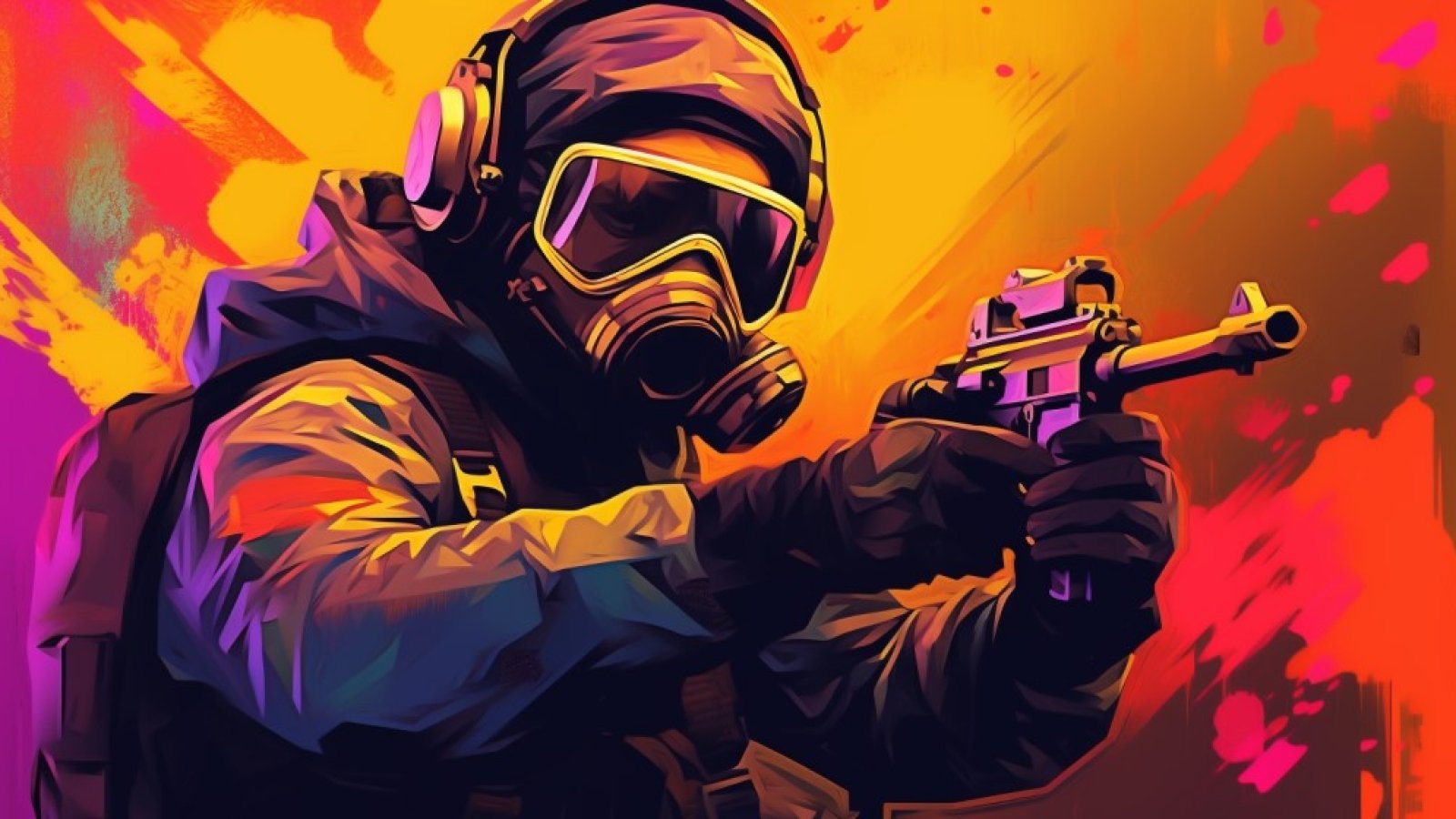Introduction:
Since its inception in 1999, the game Counter-Strike has been one of the most popular first-person shooter games. Its latest iteration, Counter-Strike: Global Offensive (CS:GO), has taken the gaming world by storm with its fast-paced gameplay and intense gunfights. One of the key elements that make CS:GO so appealing to players is its map design. The maps in CS:GO are not just a backdrop for the action; they are a critical part of gameplay, providing cover, chokepoints, and strategic locations.
This classic essay will explore two main aspects of CS:GO map design. Firstly, it will delve into the historical development of CS:GO maps. From Dust to Mirage to Inferno, each map has a unique history and evolution that has shaped how it plays today. Secondly, this essay will explore mapping techniques and strategies как убрать кровь в кс го for CS:GO gameplay. We will examine how mappers use different tools and tactics to create balanced maps that offer exciting gameplay.
Ultimately, this essay aims to demonstrate how artistry and strategy come together in CS:GO map design. By examining the historical development of these maps and exploring their intricacies from a technical perspective, we can gain a deeper appreciation for the work that goes into creating some of the most iconic battlegrounds in gaming history.
Historical Development Of Cs:go Maps:
In the world of Counter-Strike: Global Offensive (CS:GO), maps are more than just a backdrop for the game’s intense gunfights. They are intricate works of art that have undergone a rich and complex historical development. From the early days of Counter-Strike 1.6 to the latest iterations of CS:GO, map design has evolved into a complex and nuanced discipline that requires both technical expertise and artistic vision.
One of the earliest maps in Counter-Strike history was de_dust, which made its debut in 1999 as part of the original Counter-Strike mod for Half-Life. This map featured a simple layout with two bomb sites and narrow chokepoints that forced players to engage in close-quarters combat. Over time, de_dust became one of the most popular maps in competitive play, thanks to its balanced gameplay and iconic Middle Eastern setting.
As CS:GO began to take shape in 2012, Valve Software made significant changes to many classic maps such as de_dust2, which received an overhaul that updated its graphics while preserving its core gameplay mechanics. Later on, new maps such as Cache were introduced by community creators like Shawn “FMPONE” Snelling, who worked closely with Valve developers to fine-tune his creation before it was added to official matchmaking servers.
Today, CS:GO boasts an impressive array of maps that span multiple game modes and settings. Maps like Mirage feature intricate architecture and detailed textures that give players a sense of immersion in their surroundings while still providing clear visual cues for strategic play. Other maps like Inferno rely on tight corners and claustrophobic spaces to create tension-filled firefights where every move counts.
Despite their diverse styles and settings, all CS:GO maps share one common trait – they are meticulously crafted works of art that reflect years of development experience from some of the most talented designers in the gaming industry. With each new update, the game’s maps continue to evolve and improve, offering players new challenges and opportunities for creative play. Whether you’re a seasoned veteran or a newcomer to the world of CS:GO, there’s always something new to discover in the game’s rich and complex history of map design.
Mapping Techniques And Strategies For Cs:go Gameplay:
As any experienced CS:GO player can attest, mastering the art of map navigation is an essential component of gameplay success. While each map offers its own set of unique challenges and opportunities, there are a number of mapping techniques and strategies that can be applied across the board in order to gain a competitive edge. One such technique is the use of radar maps, which provide a bird’s-eye view of the entire playing field and can be customized to display different types of information depending on the player’s needs. By keeping an eye on their radar at all times, players can quickly identify potential threats or opportunities for flanking maneuvers.
Another important mapping strategy in CS:GO is understanding spawn points and chokepoints. Spawn points refer to the locations where players begin each round, while chokepoints are narrow areas that force players into close quarters combat. By memorizing these key locations, players can anticipate enemy movements and plan accordingly. Additionally, understanding sightlines (the areas where players have clear lines of sight) is crucial for both offense and defense. Players who know how to use cover effectively while also taking advantage of advantageous sightlines will have a major advantage over those who do not.
Finally, communication between team members is another critical component of successful mapping in CS:GO. This includes calling out enemy positions as well as alerting teammates to potential ambushes or flanking maneuvers. Effective communication also involves knowing when to push forward aggressively versus when to hold back defensively based on map positioning and objective goals.
Effective mapping techniques and strategies are essential for success in CS:GO gameplay. From using radar maps to understanding spawn points and chokepoints, mastering these skills requires practice and experience but ultimately provides a significant competitive advantage over less savvy opponents. So whether you’re a seasoned veteran or just starting out with the game, taking the time to study maps and develop your strategic skills will pay off in spades when it comes time for battle!
Conclusion:
In conclusion, the artistry of CS:GO map design is a complex and fascinating subject that requires a deep understanding of both game mechanics and visual aesthetics. Through exploring the historical development of CS:GO maps, we can see how the community has evolved over time to create increasingly sophisticated levels that challenge players in new and exciting ways.
From Dust to Mirage, we have seen a wide range of mapping techniques employed to create immersive environments that are both visually stunning and strategically challenging. Whether it’s using complex geometry to create intricate pathways or carefully balancing chokepoints and cover positions, every aspect of map design has an impact on gameplay.
Overall, the artistry of CS:GO map design is a testament to the creativity and dedication of the game’s community. By pushing boundaries and experimenting with new ideas, they have created some of the most engaging multiplayer experiences in modern gaming. Whether you’re a seasoned veteran or just starting out, there’s never been a better time to explore these incredible maps for yourself!

